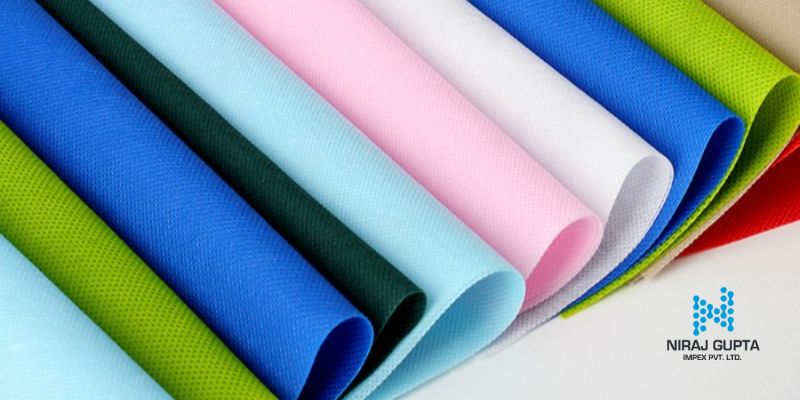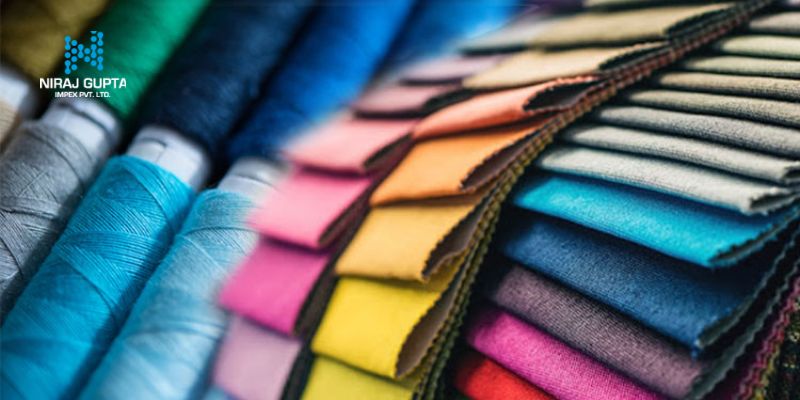Exploring the Benefits of Indentors in Textile Product Manufacturing
There are many tools required in textile product manufacturing. One such specialized tool is the indenter. Indentors are also rollers used in different textile processes to create specific designs, patterns, or textures on the surface of textiles. By applying indentation or pressure to the fabric, these tools change the characteristics of the surface.
Benefits of Indentors in Textile Product Manufacturing
To enhance the visual appeal and tactile qualities of fabrics, indentors are essential to achieving the desired textile effects. They are used for processes like pattern creation, texturing, and embossing. Using them allows textile manufacturers to create customized, unique products.
Discussed below is detailed information on the benefits of indentors in textile product manufacturing:
1. Improved comfort
In the textile industry, indentors are tools used to create subtle impressions or patterns on fabrics. These indentations add depth, texture, and visual appeal to the material and enhance its tactile qualities. The precise design and application of indentors can significantly impact the comfort and experience of the final product.
For instance, indentations can be used to create soft, plush surfaces that are ideal for bedding and upholstery. They can also add subtle variations in texture to clothing, making it more interesting to touch. Additionally, indentors can create intricate patterns that add visual interest and sophistication to textiles.
2. Texture and design
Indentors are often used to create unique textures and intricate designs on textile surfaces. They are essential tools in the textile industry because they enable the creation of patterns, embossments, or textures. These creations can significantly elevate the visual and tactile attractiveness of fabrics.
Additionally, indentors have artistry and innovation that are pivotal in fashion-related industries. When used in fashion, intricate detailing can transform garments into high-end couture pieces. In upholstery, indentors can enhance the luxurious feel of furniture textiles and make them more appealing and comfortable.
3. Increased durability
Indentors are essential tools in the textile industry. They contribute to the aesthetics and durability of textile products. In sectors such as upholstery and automotive textiles, using indentations and patterns by indentors helps extend the lifespan of fabrics. These engineered textures help prevent common issues like tearing and premature wear and tear.
In upholstery, where fabrics face constant use and friction, the indentations created by these tools can reinforce the fabric's structure. Similarly, in automotive textiles exposed to various stresses and strains, using indentors helps ensure longevity by reducing the risk of wear and tear. Thereby enhancing the overall quality and performance of these textiles.
4. Thermo-embossing
Within thermo-embossing processes, indentors undergo heating before being applied to textile surfaces. This thermal treatment ensures the fusion or lamination of multiple layers. Subjecting these heated indentors to the textile surface forms a powerful bond between the layers, engendering a unified structure of remarkable strength and stability.
The outcome of this thermo-embossing technique is valuable in industries like manufacturing. In manufacturing, the binding of different materials is often necessary to create products that require enhanced durability and structural integrity. Generally, thermo-embossing with indentors ensures that the final product meets strict quality and performance standards.
5. Customization
Indentors enable the tailoring and personalization of textile products. Its use helps unlock the potential to print exclusive and branded designs or logos directly onto fabric surfaces. This ability for customization is exceptional, especially in sectors such as sportswear, promotional textiles, and uniforms.
Manufacturers can imprint team logos, player names, or patterns onto the garment in sportswear. In promotional textiles, businesses can enhance their branding efforts by imprinting logos or promotional messages on apparel. Also, uniforms for various industries, from hospitality to healthcare, can be personalized with specific logos or designs using indentors.
6. Increased product value
Textile goods with unique designs crafted by indentors usually have a premium status in the marketplace. Adding these unique and finely detailed patterns and textures promotes their market appeal. As a result, manufacturers and retailers demand higher prices for their products.
Note that consumers are attracted to these textiles for their functionality and aesthetic appeal. The added design complexity and textural richness achieved using indentors increase these items' value. This increased desirability means improved market positioning and profitability for businesses that employ these design-enhancing techniques.
7. Enhanced grip
Applying indentors is potent for generating grip-enhancing textures when used in sports and athletic textiles. This application benefits athletic gloves, footwear, and sports equipment. Sports gloves can fashion surface patterns that significantly enhance grip strength and control.
These textured patterns can reinforce sports equipment such as racquet handles, golf club grips, and bicycle handlebars. Using indentors in sports and athletic textiles generally enhances sports performance and safety.
8. Controlled stretch and shrinkage
Indentors are essential for the precise management of fabric stretch and shrinkage properties. By creating deliberate patterns or indentations, these tools influence how fabrics can expand or contract. Thereby, they guarantee uniform fit and shape in the final product.
Also, the ability to control stretch and shrinkage is required in sectors like fashion. Using indentors, textile manufacturers can tailor fabrics to meet specific design requirements. This control extends to various textile applications, from intimate apparel to outerwear and even technical textiles used in industries like aerospace and healthcare.
Conclusion
Indentors are essential tools in textile product manufacturing. They offer many benefits by allowing for the creation of unique textures, designs, and patterns. They enhance the quality, comfort, and appeal of textile products. Whether in fashion, upholstery, or technical textiles, indentors contribute to the overall quality and value of the final textile product.






Comments
Post a Comment